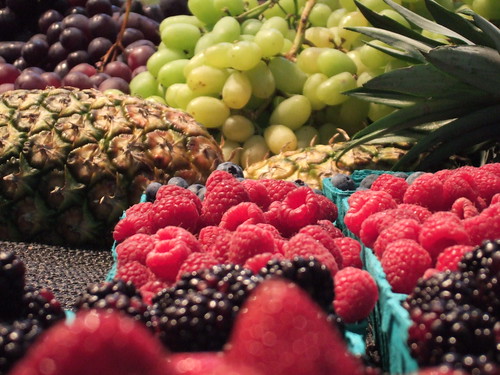
Although South Africa already has a vigorous export fruit market for its citrus and deciduous fruit, the local industry is confronted with some serious complications and solutions to these are essential if the industry is to survive.
To begin with, the international fruit market is becoming more competitive and farmers are straining to yield the volume required at lower prices, in order to sell more produce internationally.
Furthermore, South Africa’s climate is truly fit for the production of these types of fruit and other nations with more appropriate climactic conditions are the top performers.
On top of these technical challenges, South African farmers face other problems including labour issues, water and electricity provision. In the wake of electricity cuts and drastic price hikes in the last two years, farmers have become conscious of the potential crisis that could exist if the South Africa government fails to meet electricity requirements.
Fundamentally, because South Africa doesn’t have the best physical conditions, technological and scientific advancement must surmount these difficulties.
Stellenbosch University’s horticultural department commenced a study in conjunction with industry organisations like the Citrus Research International, Deciduous Fruit Producers Trust and the National Research Foundation to examine possible horticultural solutions to the abovementioned problems.
These solutions would need to satisfy the profitability of the harvest, and profitability links directly to yield and exportability. In the fruit industry’s case, exportability is directly related to the appearance of the fruit: If consumers abroad do not like the colour, size, or texture, or are deterred by natural blemishes, they will simply not buy the fruit – particularly if there are cheaper, more appealing alternatives from other countries available to them.
Experiments were conducted based on the following issues:
Size: The size of the fruit, when ready to be harvested and packaged, depends on the number of fruit the individual tree sets in a season: The more it sets, the smaller the final products will be. The research team developed a method to lessen the number of blossoms by way of chemical treatment, and consequently increased the size of the remaining fruit. The challenge here is to find the exact combination of chemicals that do not deter beneficial insects (the pollinators).
Sunburn: In the fruit industry, sunburn is responsible for a loss of product and, consequently, loss of revenue. The team researched various options, like the effectual use of shading nets, evaporative freshening methods and even inventing a fruit-friendly, spray-on sun block for apples. Kaolin clay particles attested to be quite effective in protecting the skin of the apples, even though the white, powdery layer would have to be eliminated later.
Soil: Microorganisms in the soil perform a great role in keeping the soil nourished so as to let fruit trees to flourish. A possible means of raising the microbial numbers is by creating a type of compost that urges their growth while concurrently shielding against disease. This will enable the farmer to reduce the use of chemicals for disease control.
Quality: At present, the only way of testing the quality of fruit is to select random samples and applying tests that basically destroy those samples. Alternate methods needed to be developed so that this quantity of otherwise merchandisable fruit could rather be sold. Chlorophyll fluorescence and Infrared spectroscopy demonstrated to be useful in testing the sugar content and general quality of fruit without damaging any of them.
The following article was provided by top South African Fruit Export Company who exports fruit all over the world.










Comments